


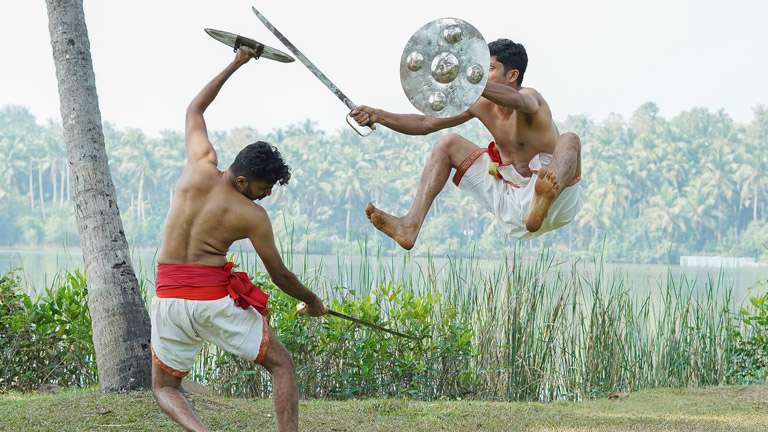
Angathari involves the use of sharp weapons – sword and shield, spear, urumi and dagger – and is recommended only after Meythozhil and Kolthari. Once a student has attained mastery over Meythozil and Kolthari, Angathari is not difficult to learn. Thereby the chances of sustaining serious injuries are considerably reduced too.
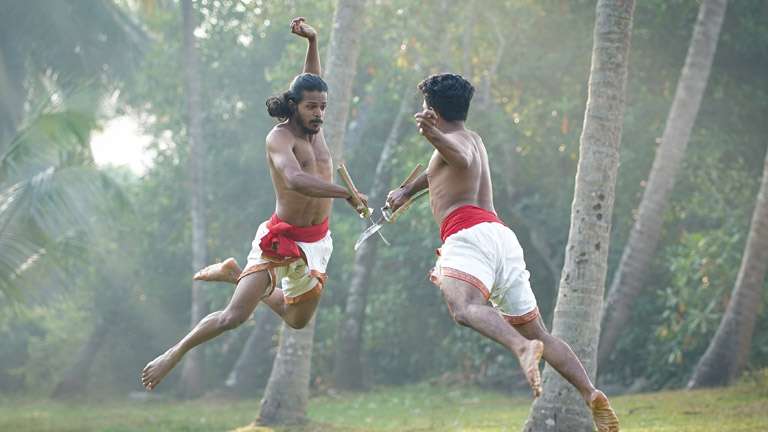
Kataara Payattu or dagger fight follows the same combat moves as Ottappayattu. However, the combatant has to move carefully about his steps in order to avoid causing harm to himself.
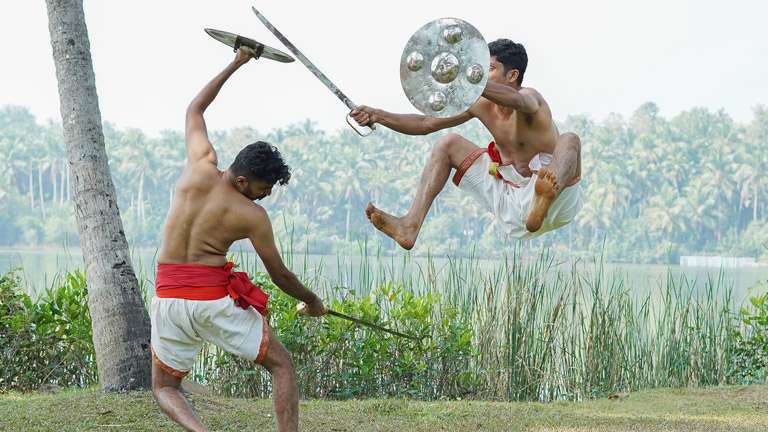
Vaal Payattu or sword fight is part of Angathari that trains the student to cut and thrust with the sword, and various defence moves with the shield, accompanied by twists and turns of the body. Among all the weapons used in Kalaripayattu, the sword enjoys the pride of place. But Angathaari has also evolved a system which trains a student in all these techniques without pitting him against an adversary. It is called Vaalvali. Usually Vaalvali is done using a sword and a shield. But it also accommodates combat techniques using extremely sharp swords held in both hands. The student is trained to use them effectively without causing any injury to himself! Vaalvali is truly unique in that it is the only programme within the ambit of Kolthari and Angathari that imparts training in attack and defence without an opponent. As a result, while it can be put to devastating use in duels and battles, Vaalvali can be presented as an aesthetically appealing spectacle as well.
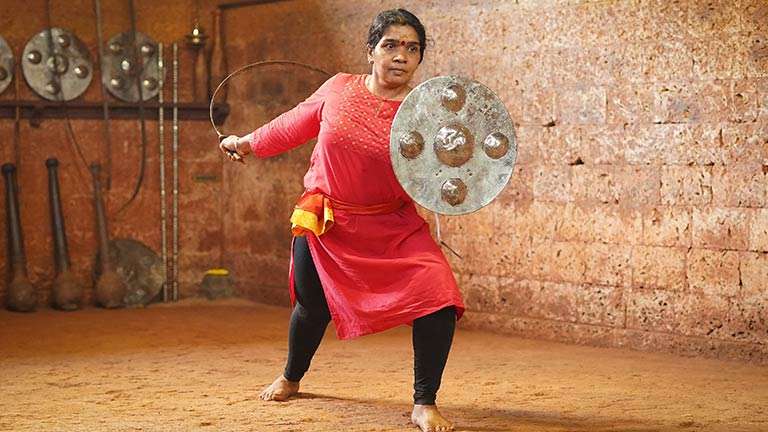
Churikappayattu is a kind of fight in which combatants use a knife-like weapon. It finds frequent mention in Vadakkal paattukal. It comes up for praise in the Father of modern Malayalam, Thunchath Ezhuthachan’s works Aadhyaatma Ramayanam and Mahabharatam. But churikappayattu does not enjoy a fan following among the youth of today.
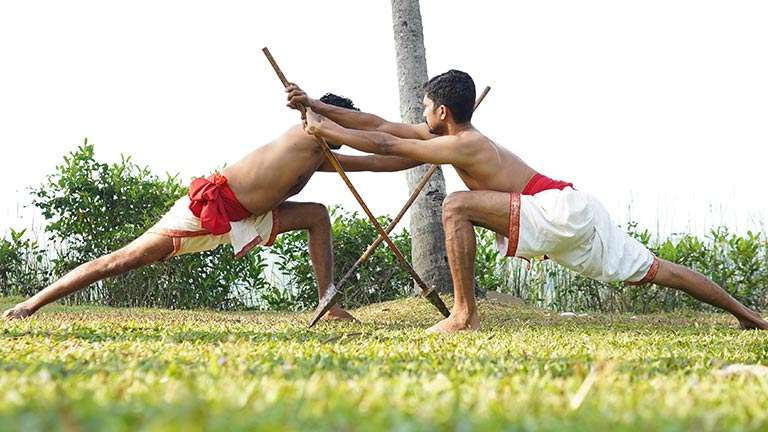
Kuntham Payattu (Kundappayattu) or spear fight is another important variant of Angathaari. It teaches a person how to use the sharp end of the spear to jab and attack, and the handle of the spear to beat as well as to defend himself against a swordsman. Occasionally, the sword and the shield are replaced with short sticks, and the spear with a long cane. Such a practice is called Kundakettukaari or Kundam kuruvadi. The paricha or shield used by a combatant while wielding swords and spears has to be big enough to cover his chest.They are made of metals like copper, iron and zinc or with woven cane. Sometimes wood is also used to create a shield and is covered with a leather sheath. Typically, a shield has five projections, a big one at the centre and smaller ones around it. These not only reduce the impact of attack but also prevent the enemy’s weapon from slipping sideways and causing harm.
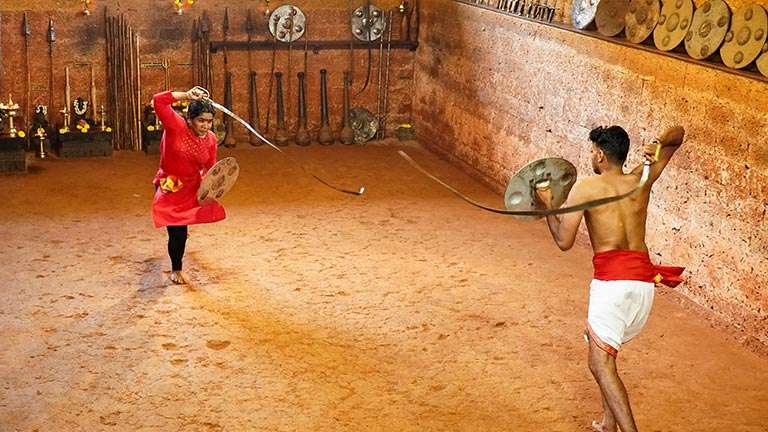
Urumi is a double-edged, long and narrow flexible sword-like weapon that is fixed to the combatant’s waist like a belt. The length is customized to suit the wearer’s girth and convenience. This extremely sharp sword is made by joining and compressing foils of iron to ensure strength, durability and flexibility. The urumi is swayed rapidly to inflict slashes on the enemy. As the combatant attacks with force towards the opponent and swings the urumi, the blade coils and turns rapidly. Therefore if the wielder is not quick on his feet, skilful or vigilant, he is very likely to injure himself seriously in the process.
Department of Tourism, Government of Kerala, Park View, Thiruvananthapuram, Kerala, India - 695 033
Phone: +91 471 2321132, Fax: +91 471 2322279, E-mail: info@keralatourism.org.
All rights reserved © Kerala Tourism 2025. Copyright | Terms of Use | Cookie Policy | Contact Us. Developed & Maintained by Invis.